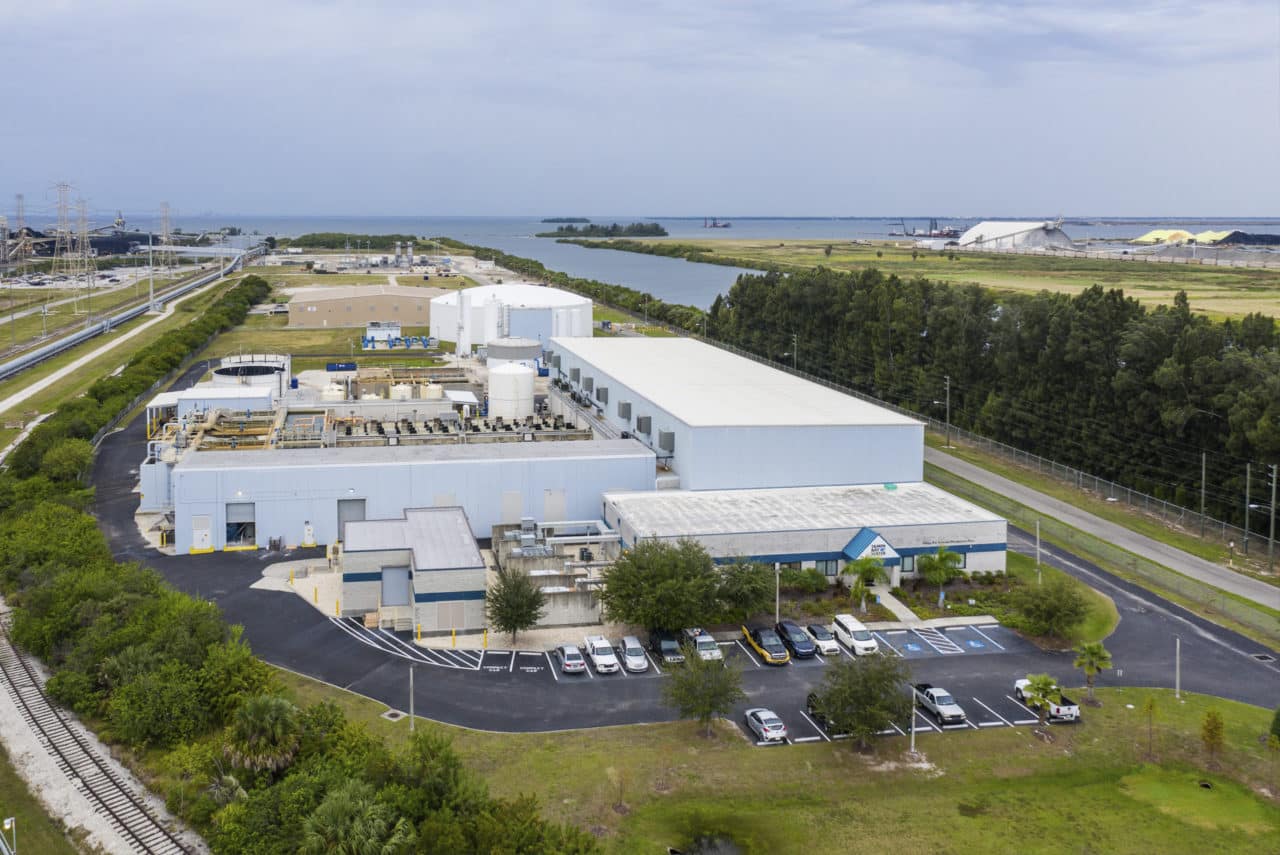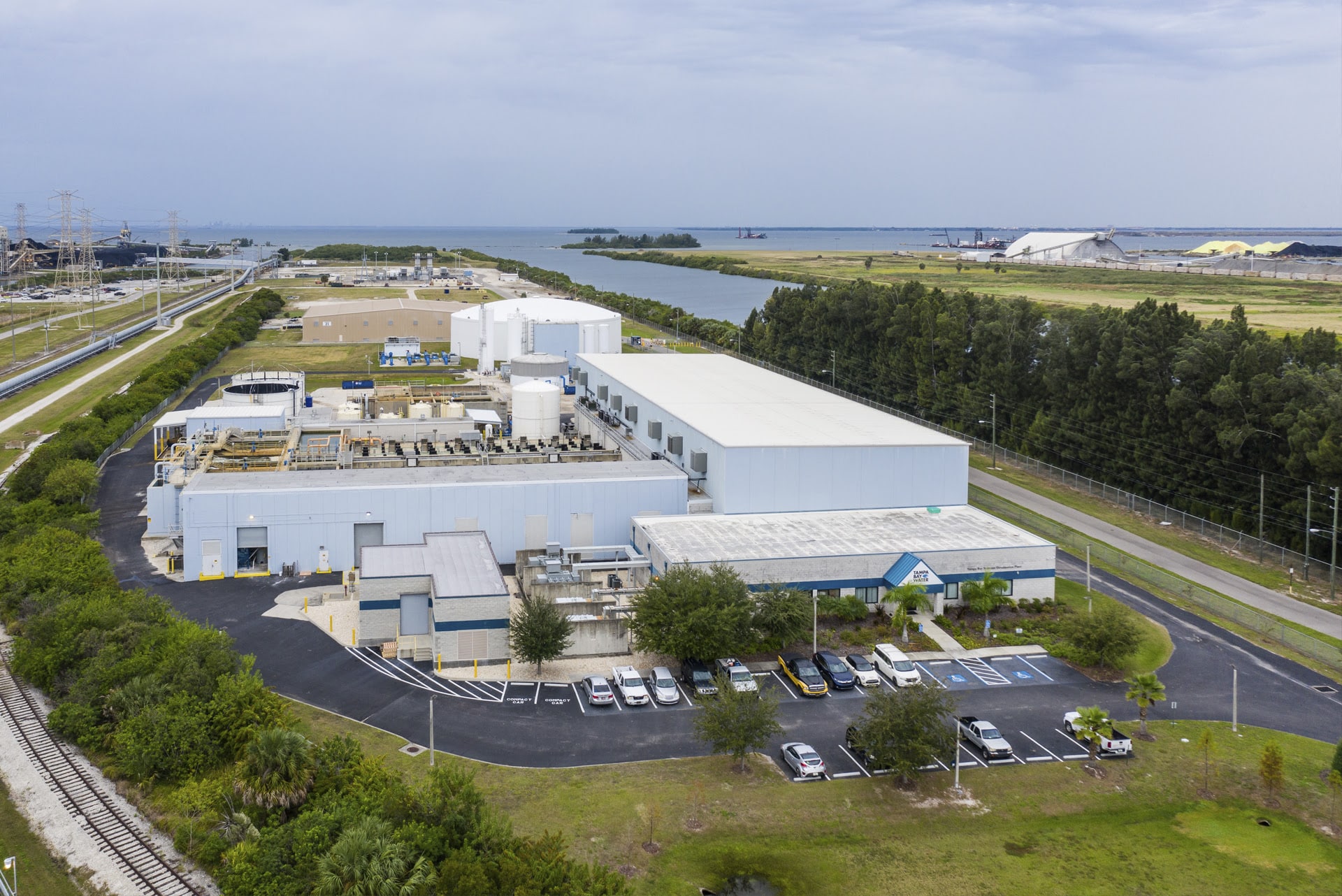
Making seawater drinkable could prove to be the solution of the future for billions of people, due to global warming and the increasing scarcity of drinking water, which is no longer limited to arid zones, but also to the enormous resource that salt water represents on the planet.
One of the world’s largest desalination plants is located in California, and every day it filters over 380,000 m3 of seawater to produce around 190,000 m3 of drinking water, which represents around 10% of the drinking water consumed by 3.1 million inhabitants.
Although the cost of water produced in this way is twice as high as for a traditional supply, this plant is essential for ensuring a continuous local supply in years of drought, without having to import water. There are plans to develop 10 plants of this type in California, in addition to the 10 already in existence.
The number of areas concerned is steadily increasing, as this phenomenon is exacerbated by climate change and periods of drought, as in the case of California, which can rely less and less on the flow of the Colorado River.
 Tampa Bay Water
Tampa Bay Water
At the same time, desalination is becoming increasingly attractive, as the costs of traditional drinking water production are rising and those of desalination are falling, due in particular to technological advances.
Worldwide, according to the UN, desalination plants produce a total of 95 million m3 per day. The main obstacle to this process comes from the principle of reverse osmosis, used to obtain fresh water, which separates the sea salt from the water when very high pressure is applied to the water to make it pass through a membrane pierced with tiny holes.
 Tampa Bay Water
Tampa Bay Water
Reverse osmosis requires constant pressure to dissociate the salt from the water, and is therefore energy-intensive, the cost of which is factored into the price of water. Fossil fuels are the main source of energy for this process, and desalination generates large quantities of carbon dioxide. Solar energy remains little used, as it requires large storage capacities in batteries to ensure continuity of the process in all types of weather.
In 2014, a new, more environmentally friendly process was discovered by Frenchman Marc Vergnet, which both desalinizes water without releasing carbon dioxide and produces brine with half the salt concentration of the traditional process. The principle behind this discovery is to be able to adapt to the pressure exerted on the water.
By using photovoltaic energy, it is no longer necessary to exert a constant pressure, but to vary this pressure according to the amount of sunlight, thanks to sensors. In this way, the membranes decide when pressure is needed and how much power is required. The cost of producing fresh water is €1.5/m3, half the price of fossil fuels.
This invention is primarily intended for small towns in less developed countries, or islands suffering from chronic water shortages.

The challenge of desalination is to be able to offer processes that are both more environmentally friendly and less energy-intensive, and which can be adapted on a large scale. Taking the environment into account means, in particular, reducing carbon dioxide emissions into the atmosphere and cutting brine discharges, which are a major source of pollution for the seas and oceans into which they are discharged.
A new, more economical technology, developed by Korean researchers, involves separating two pockets with a hydrophobic membrane that allows only water vapor to pass through. The process no longer needs to use reverse osmosis, as the seawater in one of the pockets is heated and the steam released is collected in the second pocket, which is made up entirely of fresh water.

Tampa Bay Water
The use of a new type of membrane, made of two materials sprayed against each other rather than woven together, using the coaxial electrospinning technique, increases the service life compared with traditional membranes and therefore requires less frequent replacement.
Another technology, developed by French researchers, can desalinate three times more water and consume 12% less energy than traditional methods. The system consists of a hybrid membrane made up of a polyamide membrane and artificial water channels.
The development of this new system is based on how proteins, known as aquaporins, have been operating in polyamide membranes since the 2010s, forming water-permeable channels that reject ions. The innovation consisted in reproducing these channels synthetically, at a lower cost than producing natural aquaporins.
The artificial water channels are then inserted between layers of fat, facilitating transport and requiring less energy input. In this way, artificial water channels of nanometric dimensions can be used to manufacture square meters of membranes and millions of cubic meters of desalinated water per day.
All these technological innovations in water desalination – whether in the form of new membranes that last longer, consume less energy, limit brine discharges, or are more productive, with a much-reduced size – are encouraging solutions to the shortage of drinking water, which is only set to increase in the coming years as a result of climate change.




